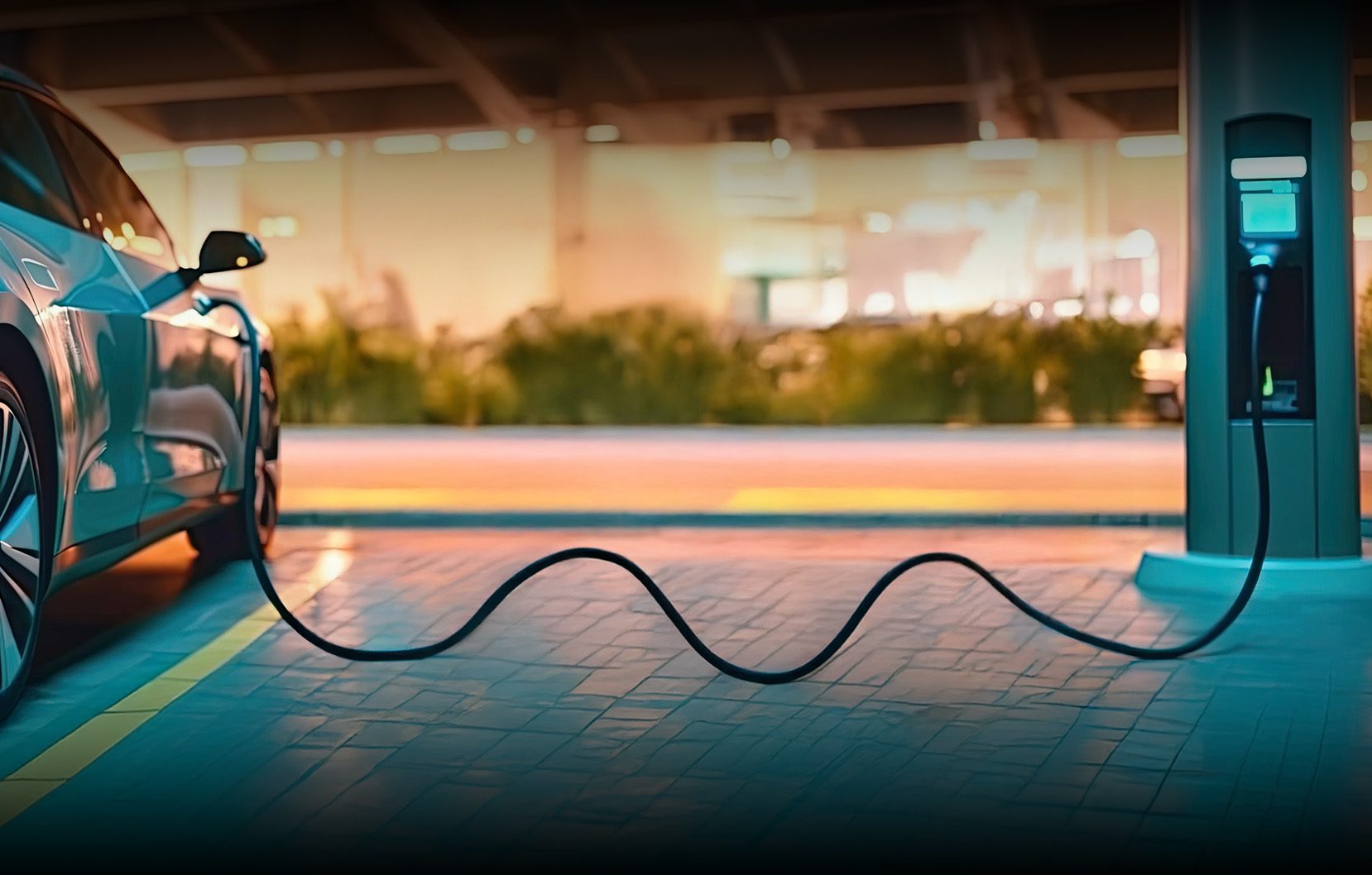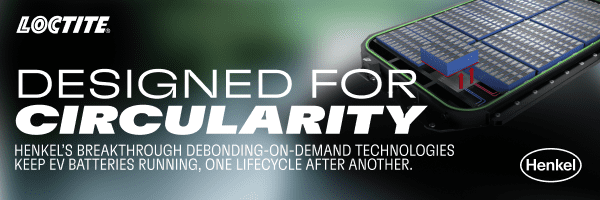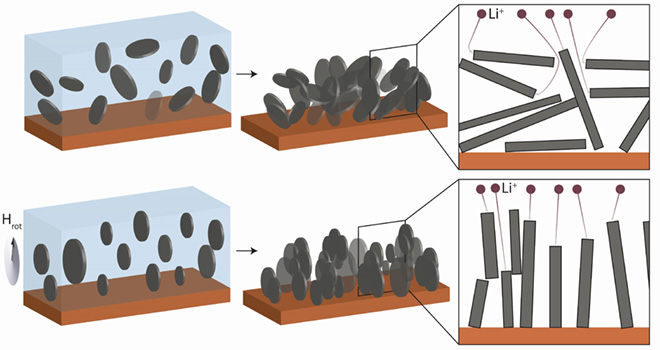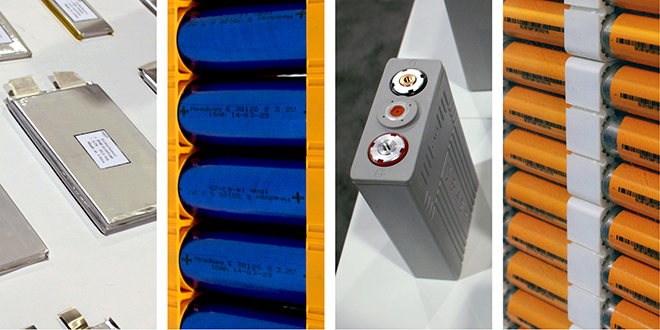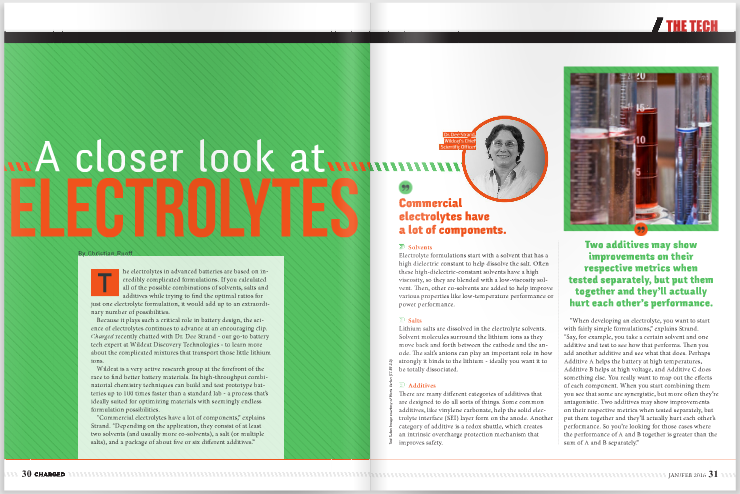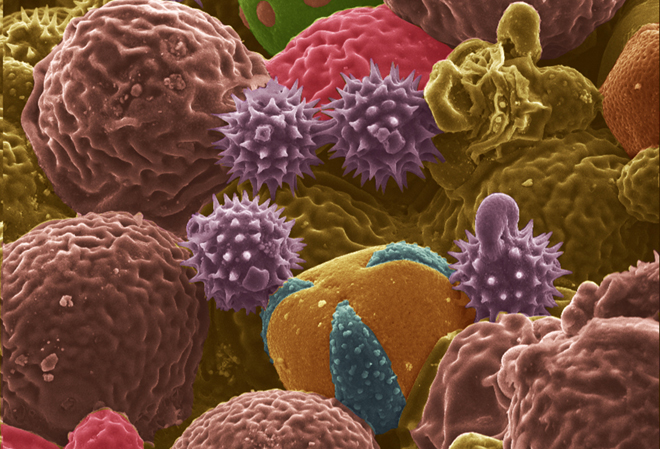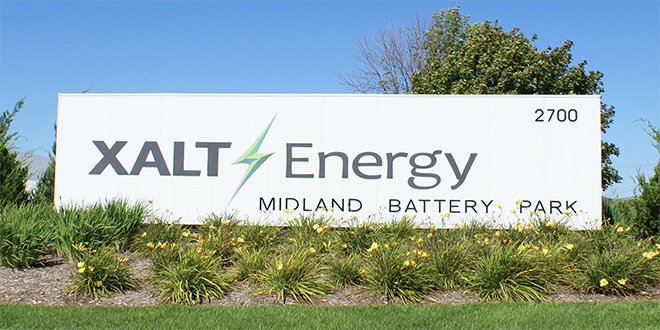A team led by celebrated battery boffin Professor Jeff Dahn at Dalhousie University has demonstrated that a common electrolyte additive is detrimental for Li-ion cells at high voltages, and suggest some alternatives. Dahn and his team discuss their latest work in two papers: “Enabling linear alkyl carbonate electrolytes for high voltage Li-ion cells,” published in… Read more »
Search Results Found For: "graphite"
Researchers make a major advance in silicon anodes
Current electrode materials such as graphite are able to stably adsorb only a limited number of lithium ions, an inconvenient truth that restricts capacity. That’s why researchers around the world are investigating semiconductor materials such as silicon as alternative electrodes. Bulk silicon is able to accommodate enormous quantities of lithium, but the migration of the… Read more »
Swiss researchers enhance Li-ion batteries with improved electrode design
Researchers at the Paul Scherrer Institute and ETH Zurich in Switzerland have developed a simple procedure that they say can enhance the performance of Li-ion batteries by improving the design of the electrodes without changing the underlying chemistry. In “Magnetically aligned graphite electrodes for high rate performance Li-ion batteries,” published in Nature Energy, Juliette Billaud… Read more »
SiNode Systems wins $4-million contract to develop silicon-graphene anode materials
The United States Advanced Battery Consortium (USABC) has awarded a $4-million contract to SiNode Systems for the development of advanced anode materials for automotive lithium-ion batteries. The 30-month program will focus on the development of silicon-graphene anode material for vehicle applications, and the development and scale-up of pouch cells. SiNode’s technology uses a composite of… Read more »
Elon Musk debunks scare stories about a shortage of lithium
Elon Musk and JB Straubel covered a lot of ground in a nearly-three-hour performance at Tesla’s 2016 annual shareholder meeting. They recapped the history of the company, explained why Supercharging will not be free for Model 3 buyers, and discussed their plans to remake the auto production process. They also made some very interesting remarks… Read more »
Stanford team develops Li-metal anodes
Lithium-metal anodes are the favored solution for next-generation Li-air or Li-sulfur batteries for various reasons, including their high specific capacity (theoretically tenfold higher than graphite). However, safety issues resulting from dendrite formation and instability caused by volume expansion have slowed the development of commercially viable solutions. In “Composite lithium metal anode by melt infusion of… Read more »
A closer look at electrolytes in advanced batteries
The electrolytes in advanced batteries are based on incredibly complicated formulations. If you calculated all of the possible combinations of solvents, salts and additives while trying to find the optimal ratios for just one electrolyte formulation, it would add up to an extraordinary number of possibilities. Because it plays such a critical role in battery… Read more »
Bee pollen forms carbon microstructures for Li-ion anodes
Much research in the battery world focuses on finding a replacement for graphite as an anode material. One candidate is hard carbon, which can be formed in various morphologies to deliver the desired properties. But in fact, there are already millions of tiny factories around the world, cranking out as many carbon particles as could… Read more »
Paraclete Energy says its low-cost silicon nanoparticles can at least double your current anode capacity
Silicon has a theoretical charge capacity ten times higher than typical graphite. That is why a mind-blowing number of researchers are working towards replacing more and more of the graphite used in today’s lithium-ion battery anodes with silicon. In the last issue of Charged, we discussed Tesla’s announcement that it had begun to use small… Read more »
Efficient Drivetrains and XALT Energy announce supply agreement
Battery manufacturer XALT Energy (formerly Dow Kokam) has agreed to supply its NMC graphite Li-ion battery packs to Efficient Drivetrains, Inc. (EDI), for use in the company’s PHEV PowerDrive and electric power export solutions. Shipment of the initial order should be completed in the first quarter of 2016. EDI will use XALT’s first-generation battery system… Read more »

